 Web analytics: purpose and features
Web analytics: purpose and features
If you do not use web analytics, then the site is promoted blindly. Analytics helps to learn everything about the site that is being promoted and its users.
 Difference between absolute and relative URL
Difference between absolute and relative URL
In the article, we will take a detailed look at the difference between both formats, so that you can decide which is more suitable for you.
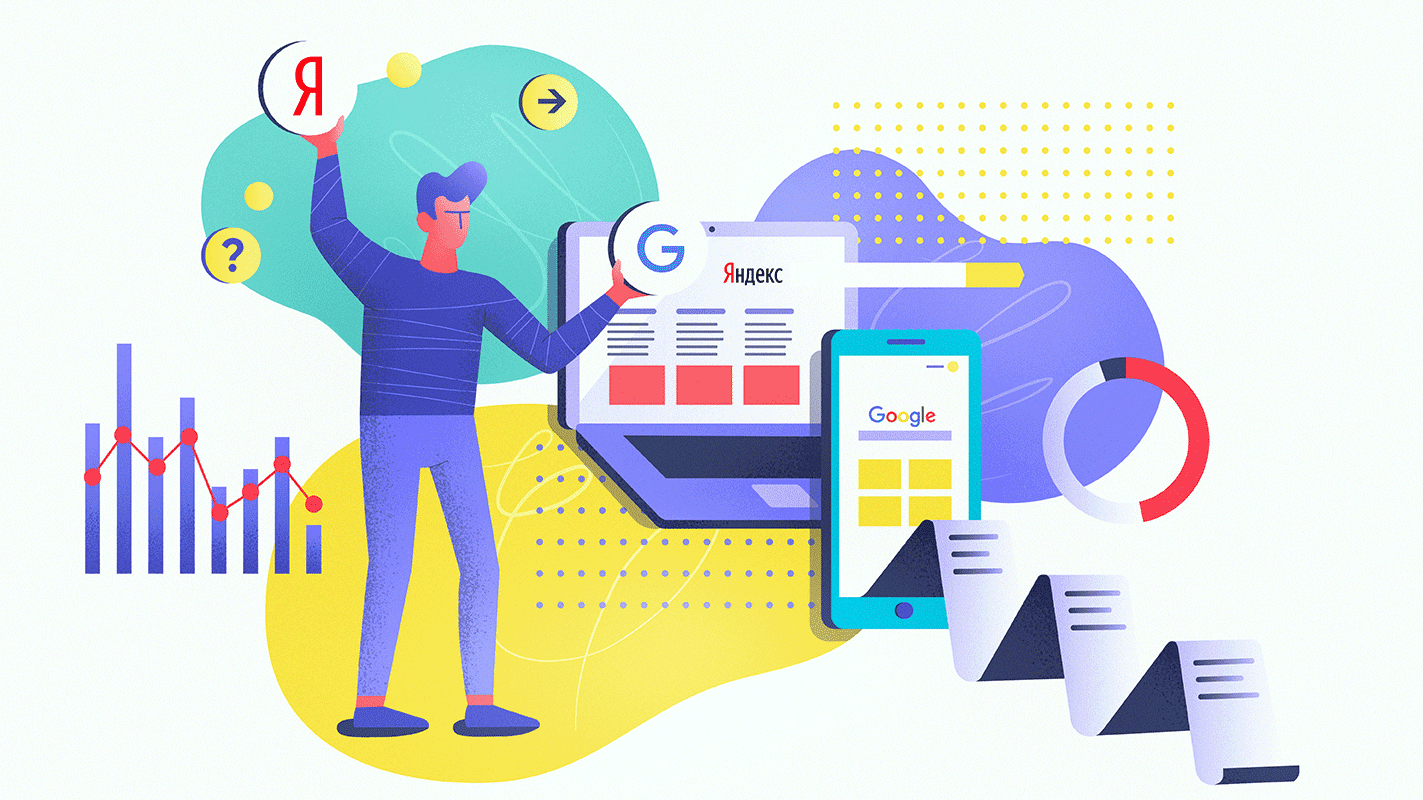 What is keyword cannibalization?
What is keyword cannibalization?
Quite often, when promoting a site, several pages are optimized for the same keywords at once.
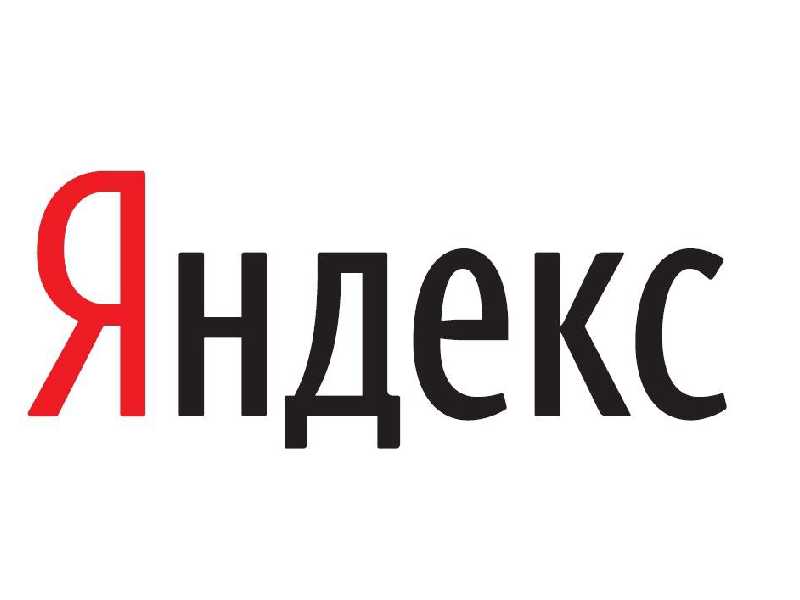 How to check a domain for sanctions from Yandex
How to check a domain for sanctions from Yandex
When creating a new web resource, you can register a domain or buy it.
 How to find out the keywords of someone else's site
How to find out the keywords of someone else's site
In order to effectively promote the site, it is necessary to collect semantics, it is not easy, but absolutely necessary.
 Quotation marks in a query are a useful Wordstat operator
Quotation marks in a query are a useful Wordstat operator
Many people use Yandex.Wordstat to collect keywords.
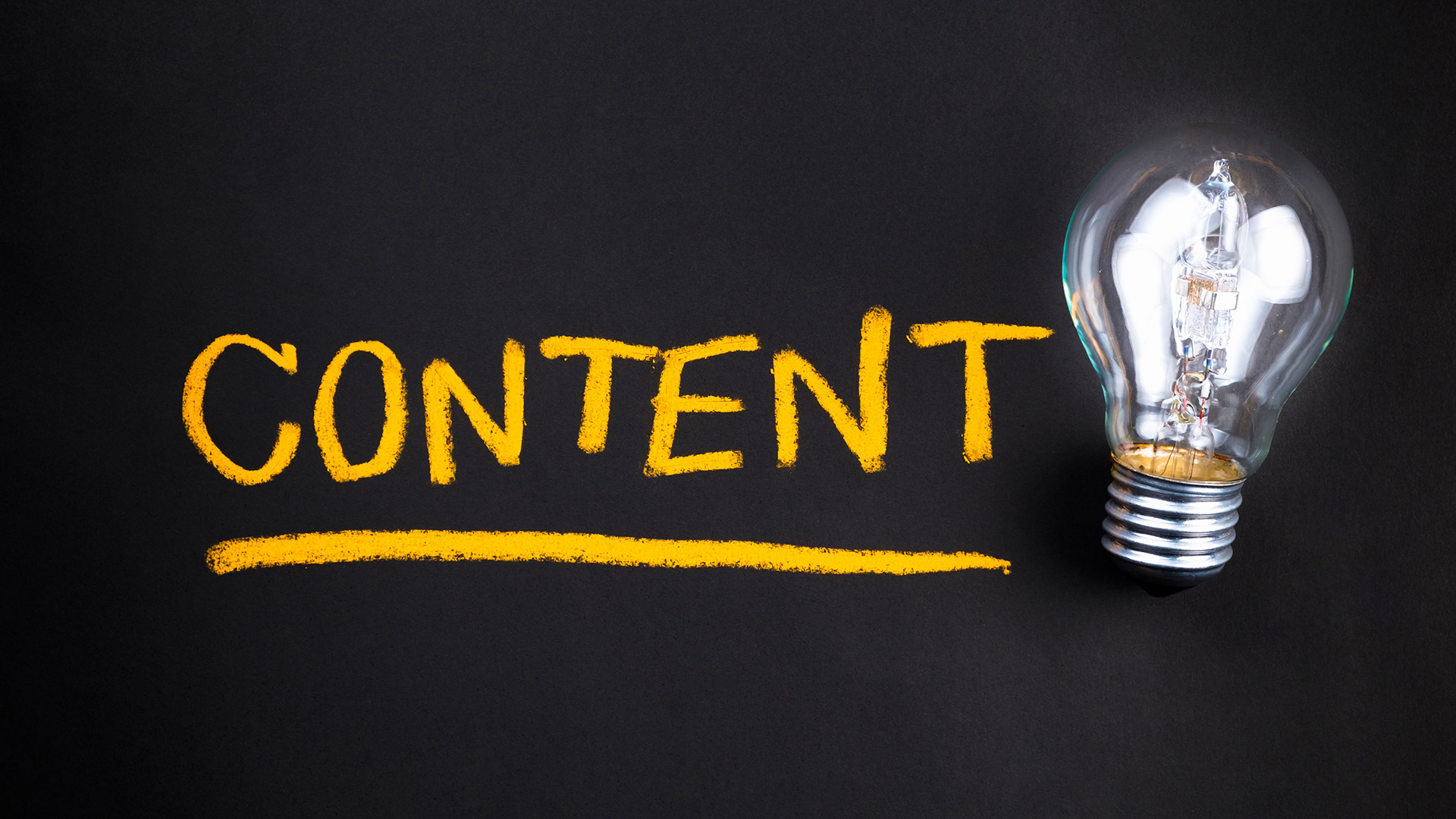 How to create your success or content plan for beginners
How to create your success or content plan for beginners
Promotion of your own resource begins with simple steps: high-quality self-promotion and sincerity.
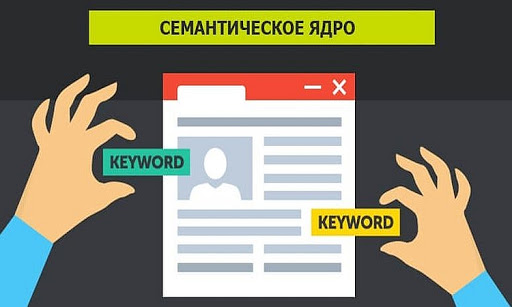 What are geo-dependent and non-geo-dependent queries
What are geo-dependent and non-geo-dependent queries
Previously, due to high competition, small regional firms could not compete with large metropolitan companies for a place in the TOP-10.
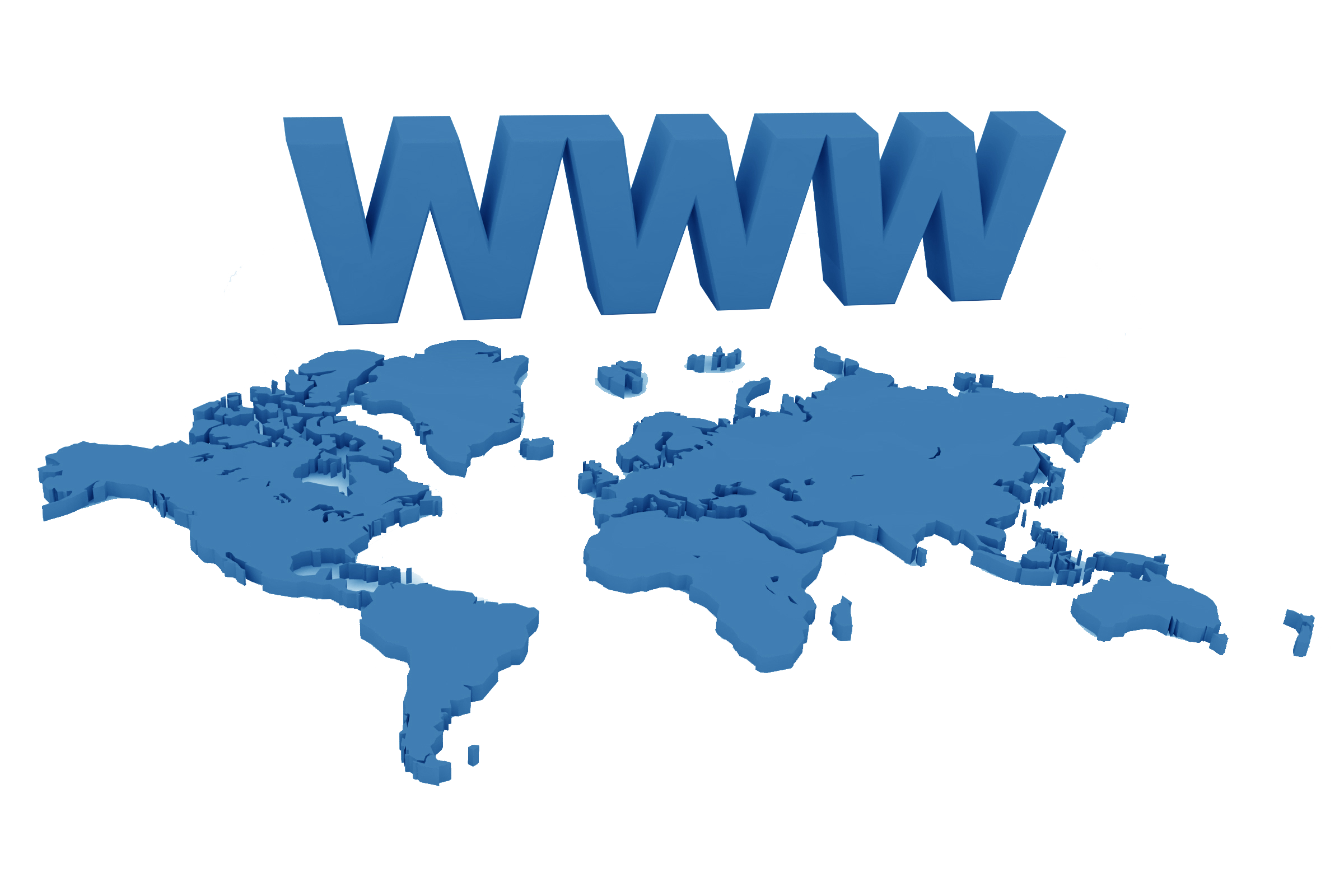 How to correctly choose a site domain name
How to correctly choose a site domain name
How to choose a site domain name depending on the specifics of the Internet project. Competent choice of name for your own website.
Internal site optimization is one of the key stages of project advancement. Directed to work with the project itself: starting from the structure and ending with the content.
Internal optimization is primarily performed for users who will visit the site. The profit of the company directly depends on how well they understand the structure of the web resource, how easily they will be able to find the necessary sections and place an order. After all, if search engines see that people like the online store, and they spend a lot of time on it, then they increase their position in the search results.
If users log in and quickly log out, it means that the site's usability leaves much to be desired. Such a project requires refinement, and therefore does not deserve a place in the TOP-10.
Internal optimization includes work on:
Now you know what internal optimization is and what it gives. Even the 6 points listed above are enough to get into the TOP search engines. But they are actually much more. You will have to work with it constantly, since the internal optimization of the site never ends. You can always improve something. What exactly - read in the blog of the CityHost company.